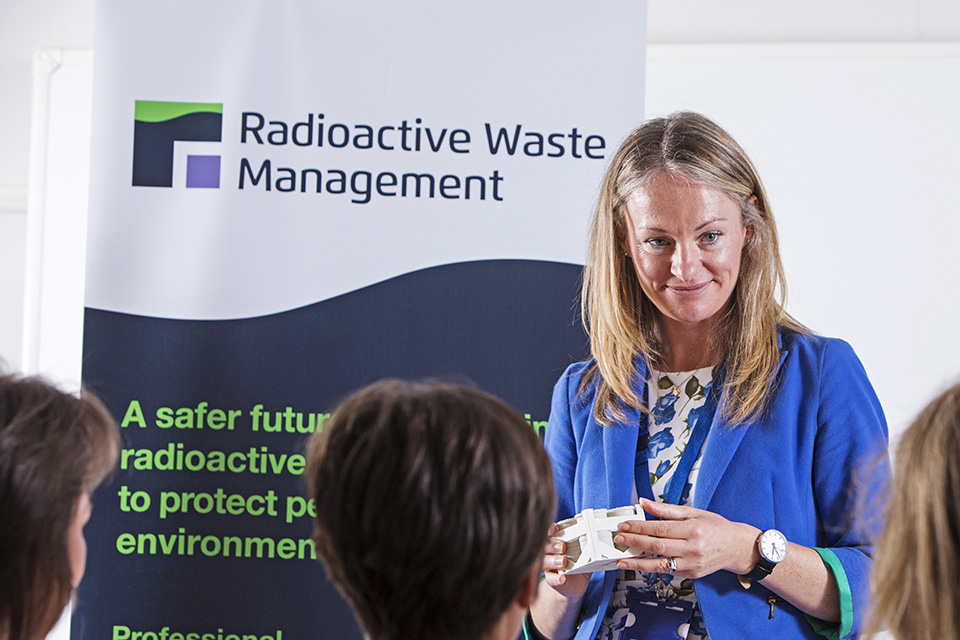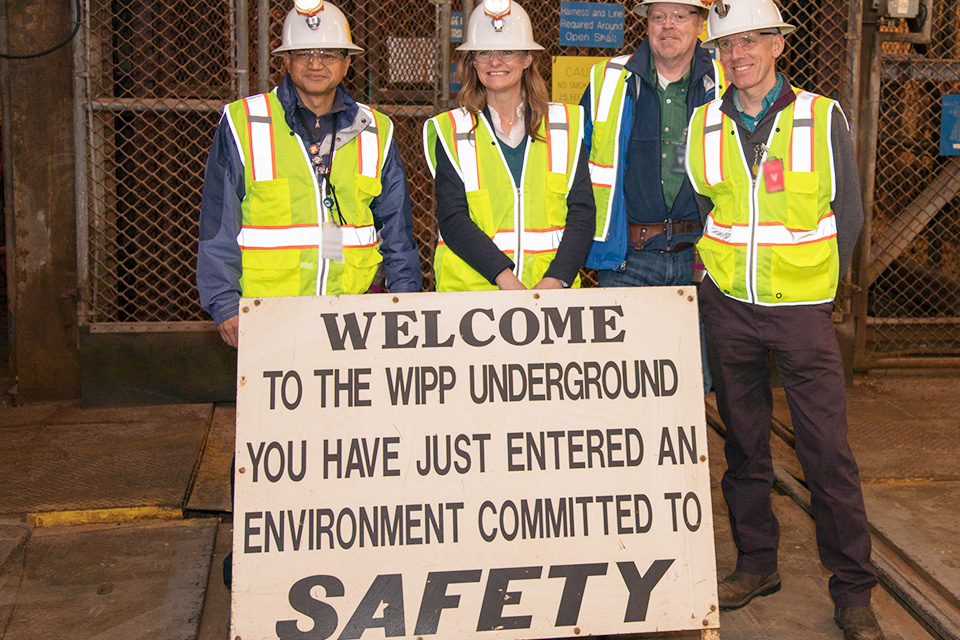
When I talk to people about our plans for the UK’s higher activity radioactive waste, one question I often hear is: what’s wrong with the way we handle the waste now?
It’s a fair question. There are stores of radioactive waste at various secure sites around England, Scotland and Wales. Thanks to specialised storage facilities, the waste is safe and secure where it is right now, and the nearby communities are safe from it. If the current system isn’t broken, why change it?
The short answer is that the current arrangements are a good solution for now, but we need a solution for the long term. Some types of radioactive waste will stay hazardous for hundreds of thousands of years, and existing storage facilities won’t last that long.
Radioactive waste is packaged to contain its radiation and make it safer to store, but the packaging isn’t indestructible. If we kept treating the waste exactly as we do now, then in about 100 years or so, we would start to see corrosion on the surface of some packages.
The packages would need to be replaced, and, in time, the storage facilities themselves would eventually need to be replaced as well. This approach and the work involved creates cost and risk to people and the environment.
Essentially, carrying on as we are means forcing future generations to shoulder the costs and the hazards of taking care of our waste. The UK’s been creating radioactive waste since before I was born, so it’s already been handed down from one generation to the next. We have a duty and a responsibility to future generations to break that chain.
For future generations
Our goal is to move all the UK’s higher activity radioactive waste into a Geological Disposal Facility (GDF), a series of highly engineered vaults and tunnels hundreds of metres below ground, in solid rock.
A GDF is designed to be built, filled with radioactive waste, sealed, and left alone.
If waste packages corrode inside a GDF, layers and layers of barriers, some natural and some engineered, will still prevent the radiation from harming people or the environment.
There will be no need for repackaging waste or rebuilding facilities, relieving the burden on future generations. Moving the waste to a GDF will also relieve the burden of maintaining the existing storage facilities, freeing up people and resources at those sites for other important work.
Long-term thinking
Will our society stay stable for hundreds of thousands of years? Will it even still exist in a form we would recognise?
It's impossible to predict, and that’s why a GDF is the right solution for the long term. Hundreds of metres underground, the geological environment has been stable for longer than society has existed. Down there, a GDF will be able to stay as safe as the day it was built, whatever changes or upheavals affect society on the surface. It’s designed to be unaffected by pandemics like COVID-19, social and political events, even extreme events like earthquakes, tsunamis, or a new ice age.
Scientists have been looking into this challenge for decades now, and of all the solutions the scientific community has come up with, there is international agreement that geological disposal is the best one available.

Recent Comments